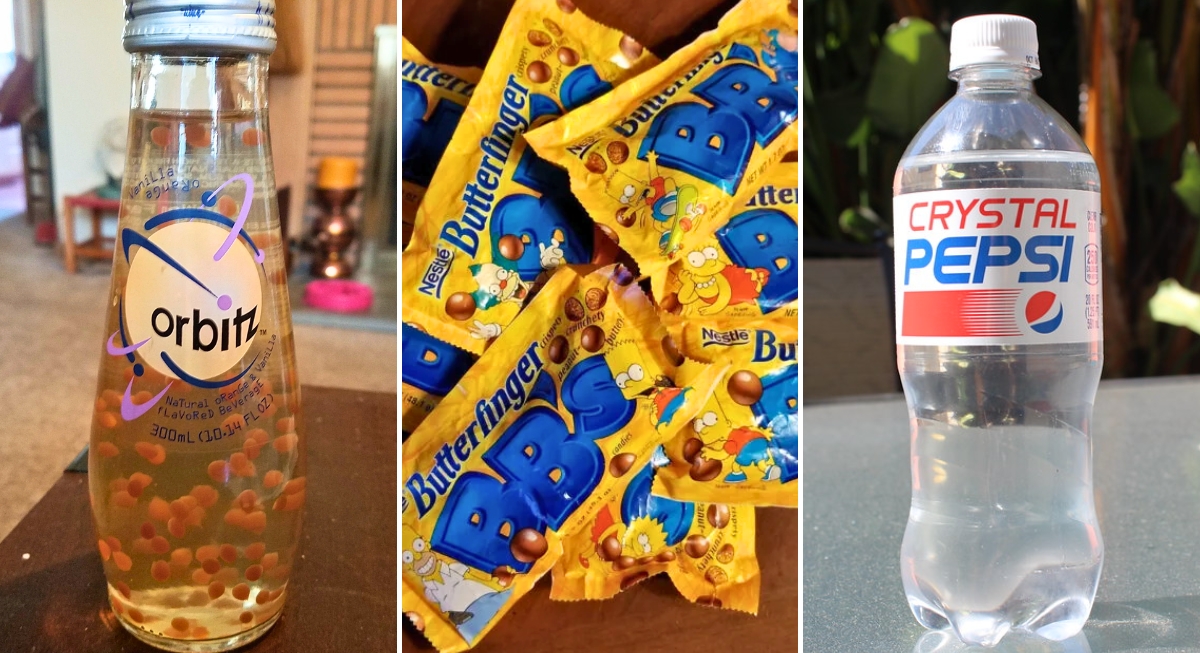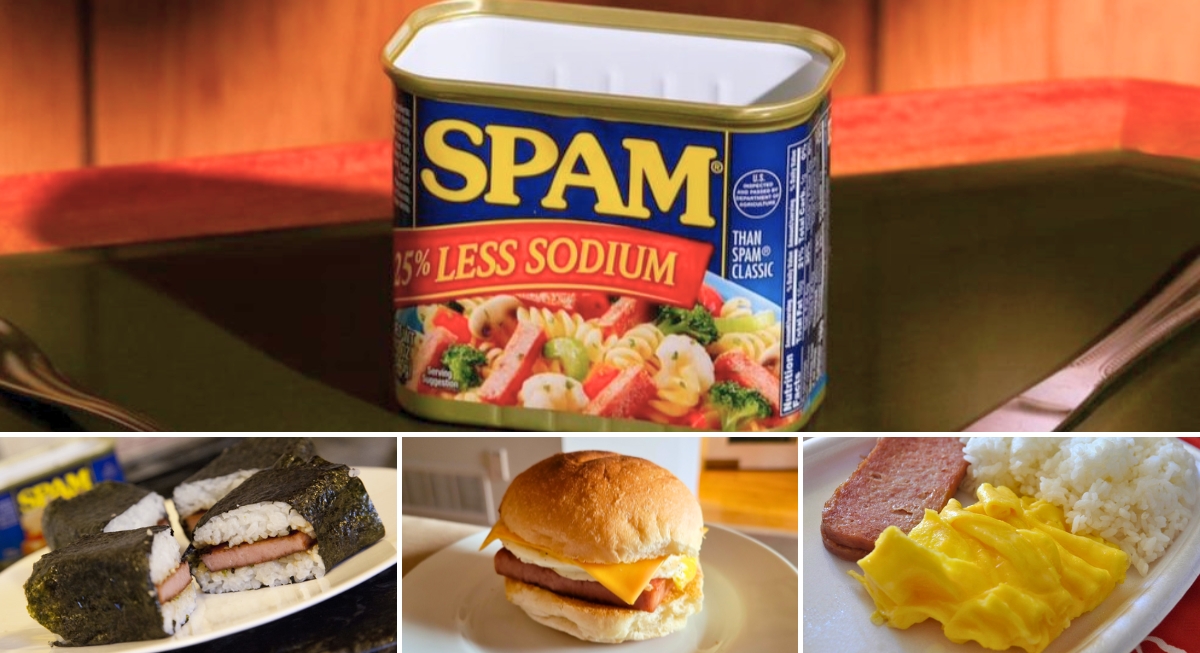Hot chocolate has been a favorite drink for centuries, and every culture seems to have its own special way of making it. In some places, it’s thick and rich, almost like a dessert, while in others, it’s spiced or paired with unexpected ingredients. These unique recipes tell a story about local traditions and flavors. Here’s a look at the world’s most iconic hot chocolates.
French Hot Chocolate (Chocolat Chaud)

Credit: freepik
When the French make hot chocolate, they do it with finesse. Chocolat chaud is a thick, luscious creation made by melting premium dark chocolate into a blend of milk and cream. Rich and velvety, it’s less sweet than what you might find elsewhere and allows the chocolate's deep flavors to come through.
Spanish Hot Chocolate (Chocolate a la Taza)

Credit: freepik
Spain’s take on hot chocolate is indulgently thick, almost like a dessert in a cup. Cornstarch gives it that signature texture, and it’s traditionally served alongside crispy churros for dipping. Whether you’re savoring it at a bustling cafe in Madrid or replicating it at home, this hot chocolate is pure comfort, especially on a chilly morning.
Italian Hot Chocolate (Cioccolata Calda)

Credit: freepik
The Italians know a thing or two about making things indulgent, and their hot chocolate is no exception. Cioccolata calda is thick, almost pudding-like, with added cornstarch. It’s dark, rich, and unapologetically decadent. You don’t drink a large mug of this; instead, you sip it slowly and savor each spoonful.
Mexican Hot Chocolate (Champurrado)

Credit: Instagram
Mexico’s hot chocolate has roots that run deep, tracing back to ancient Mayan and Aztec traditions. Champurrado, a popular variation, is a hearty blend of masa harina (corn flour), chocolate, cinnamon, and piloncillo (unrefined cane sugar). It’s thick, earthy, and slightly spiced, often served during festive occasions alongside tamales.
Belgian Hot Chocolate

Credit: freepik
Belgium, renowned for its exquisite chocolates, doesn’t disappoint when it comes to hot chocolate. This version combines finely shaved dark chocolate with steamed milk to create a drink that’s smooth and luxurious. When topped with whipped cream and a sprinkle of cinnamon, it’s the ultimate treat for a cozy winter evening.
Dutch Hot Chocolate (Warme Chocolademelk)

Credit: freepik
In the Netherlands, warme chocolademelk is the go-to drink when the weather turns brisk. Its ingredients are simple yet satisfying – rich dark chocolate and mil. It’s also often served with a biscuit on the side, something you’ll want after a long walk through Amsterdam’s iconic canals.
Colombian Hot Chocolate

Credit: freepik
Colombia takes hot chocolate to a whole new level by pairing it with cheese. Yes, cheese. Small pieces of cheese are dropped into the steaming cup, where they melt slightly, and create a salty-sweet contrast that’s surprisingly addictive. This drink is as much about texture as it is about flavor.
Peruvian Hot Chocolate

Credit: freepik
In Peru, hot chocolate is a Christmas tradition. This festive version is spiced with cinnamon, cloves, and sometimes a splash of rum for extra warmth. The main ingredient however remains the same classic, dark chocolate which may be heartier than some other versions.
Filipino Hot Chocolate (Tsokolate)

Credit: Facebook
In the Philippines, tsokolate is a breakfast staple made with tablea—pure cacao tablets. These are melted into water or milk, to form a bold and slightly bitter drink that’s full of character. Locals often sweeten it with sugar and pair it with bread or rice cakes for a quick morning pick-me-up.
Ghanaian Hot Chocolate

Credit: freepik
As one of the world’s largest cocoa producers, Ghana knows how to make a memorable cup of hot chocolate. The drink often includes a blend of local spices like cinnamon or nutmeg to enhance the chocolate’s natural richness. It’s traditionally made with minimally processed cocoa powder, which retains more antioxidants and a stronger flavor.
Indian Spiced Hot Chocolate

Credit: freepik
As the land of spice, India creates hot chocolate with a spicy twist. The drink is infused with cardamom, cinnamon, and sometimes a hint of ginger, to combine warmth and aroma. Some recipes also include a dash of black pepper or clove for an extra kick.
Austrian Hot Chocolate

Credit: Instagram
In Austria, hot chocolate is a traditional beverage often enjoyed in the country’s renowned coffee houses, which have been a cornerstone of social culture since the 17th century. This version of hot chocolate is typically made using dark chocolate or cocoa powder mixed with hot milk, resulting in a rich and velvety drink.
Swiss Hot Chocolate

Credit: freepik
Switzerland offers a hot chocolate that’s delightfully smooth. It’s made with high-quality Swiss chocolate and is typically enjoyed during the colder months as a cozy treat. The secret to its deliciousness lies in Swiss chocolate’s history, shaped by innovations like Rodolphe Lindt’s conching method in 1879, which perfected its creamy texture.
American Hot Chocolate

Credit: freepik
In the U.S., hot chocolate brings back warm memories of childhood snow days and cozy nights by the fire. Usually made with cocoa powder, sugar, and milk, it’s a lighter, sweeter take on the classic. The finishing touches—a handful of marshmallows or a swirl of whipped cream—makes it as fun as it is comforting.
Argentinian Hot Chocolate (Submarino)

Credit: Wikimedia Commons
Argentina’s submarino is a playful twist on hot chocolate. A piece of dark chocolate is submerged in a glass of hot milk, slowly melting as it’s stirred. The result is a rich, creamy drink that’s as fun to make as it is to sip.





